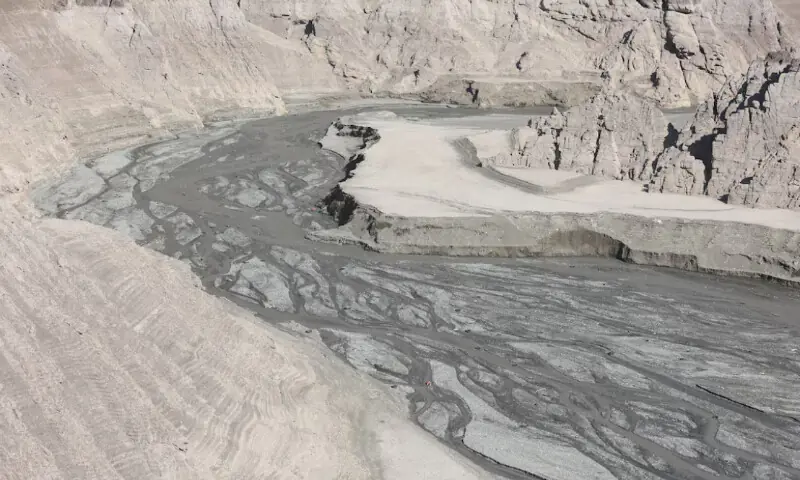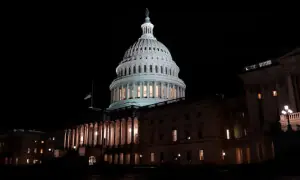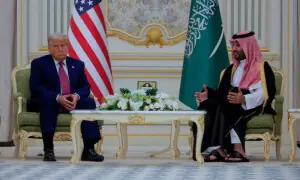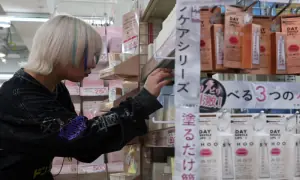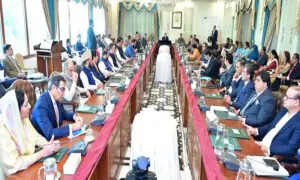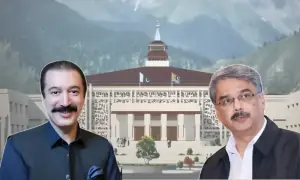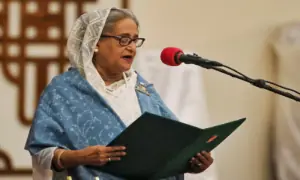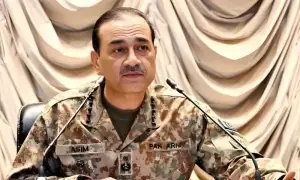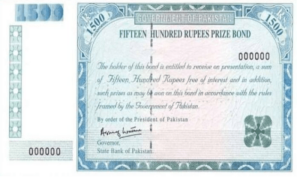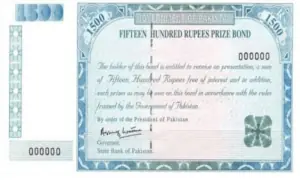Tehran faces historic water crisis amid severe drought
Water, or the lack of it, has become Iran’s pressing concern. In northern Tehran, imams are praying for rain, while meteorologists monitor the skies for any signs of precipitation.
Forecasts of “rain-producing clouds” have become front-page news, as more than 50 days of the rainy season have passed with over 20 provinces still dry.
The number of dams holding less than 5% of their capacity has jumped from eight to 32, affecting the country from the central plains to the far corners of Iran.
On Sunday, authorities launched cloud seeding operations, spraying particles like silver iodide and salt into clouds to try to induce rainfall.
Yet Tehran has received only 1mm of rain this year, a once-in-a-century low compared to its 350mm annual average between 1991 and 2000.
This comes on top of five consecutive years of drought. Snow cover nationwide has decreased by 98.6% compared to last year, while daily temperatures in Tehran hover at 20°C. Bottled water prices are rising, and purchase limits have been introduced.
Organised rain prayers are taking place in towns and villages across the country, echoing historic events such as the 1944 drought in Qom.
Religious leaders and some MPs have linked the drought to moral failings or government policies, including lax enforcement of hijab laws.
Grand Ayatollah Javadi Amoli warned that social and cultural sins could “take away the grounds for mercy,” while critics pointed out that Europe, with more liberal societies, receives more rain.
Beyond religious interpretations, experts highlight long-ignored warnings about Iran’s water crisis.
Kaveh Madani, former deputy head of Iran’s Environmental Protection Agency, said officials previously discouraged him from using alarmist language, even as the country’s water situation worsened.
Now heading the UN Institute for Water, Environment and Health in Canada, Madani notes that ordinary Iranians remain puzzled about the extreme drought.
Residents are already trying to conserve water.
Tehran has seen a 10% reduction in usage over seven months, though experts say a 20% reduction is necessary. Water pressure is restricted after midnight, though authorities insist full cutoffs are not planned.
Some officials, like MP Masoud Pezeshkian, have raised dramatic warnings about the severity of the crisis, suggesting that parts of Tehran may need to be evacuated by mid-December.
While this proposal has been dismissed elsewhere in government as impractical, academics admit that some areas heavily dependent on dam water could face extreme measures.
The crisis has sparked debate among environmentalists and citizens about practical solutions.
Mohammad Darwish, a prominent Iranian environmentalist, notes a growing movement in the country focused on climate adaptation.
Pezeshkian’s admonitions, albeit striking, have unequivocally underscored a singular conclusion: the state of denial is no longer a viable alternative for Iran as the nation grapples with its most severe water crisis in several decades.
For the latest news, follow us on Twitter @Aaj_Urdu. We are also on Facebook, Instagram and YouTube.


